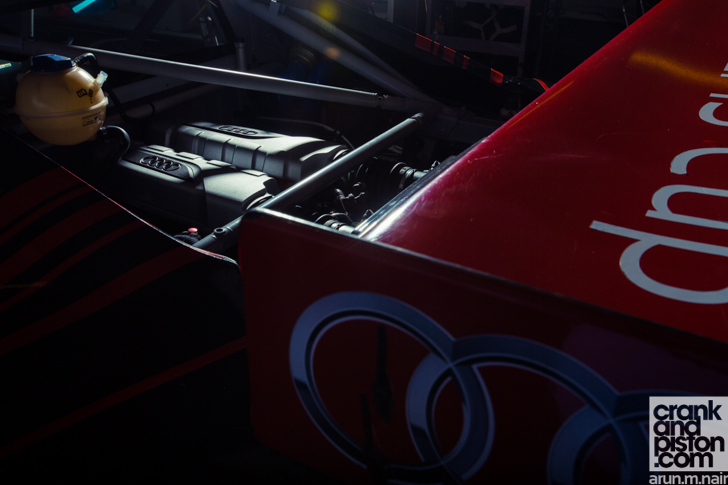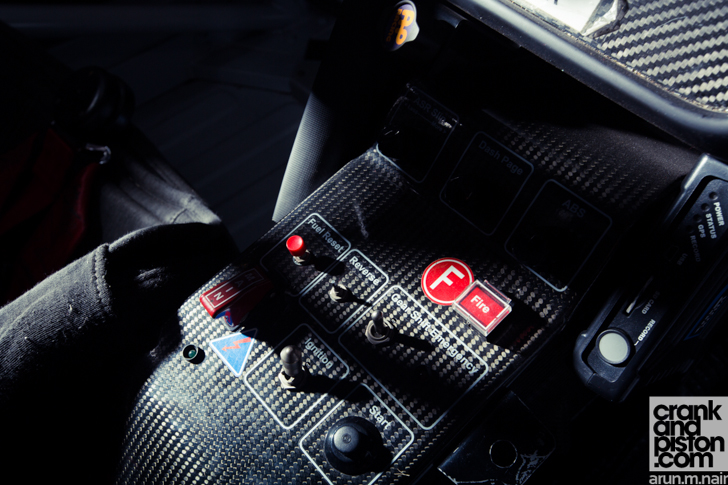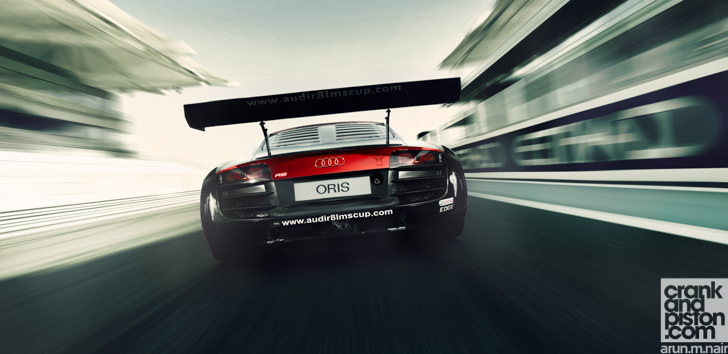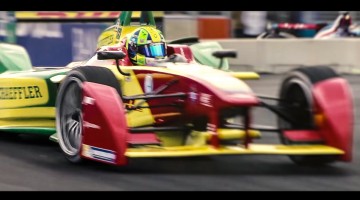As much as possible, the combined R8 development team tried to come up with solutions that would fit both road and race cars. Harmonising them both would mean that both versions of the R8 could be producing on the same line, dramatically reducing costs as well as providing material for the marketing and PR departments. The result was an updated version of the existing hand-welded aluminium space frame, with plenty of added carbon fibre bits.
“What do you try to do to make it better? You try to reduce weight and to stiffen it up,” says Liebchen. “There was a discussion because there were different concepts which could be followed, but in the end the solution was a mixture of these carbon constructs and aluminium space frame structure. The road car chassis is stiffened significantly and so we also improved the race car. In our case the stiffness of the chassis is supported by the roll cage, but it’s always good if the platform itself is stiff so you can make the roll cage lighter or simpler.”
The V10 engine in the new car is little changed from the first R8, save for increased efficiency and increased power. “For the engine people, it was simple,” Liebchen says. “It was very reliable and very usable in racing, so it was without major changes and we can go on with the story that our road car engine is good for racing.”
Naturally, with the different demands required of track and road, there were some components that differ.
“One point where we separated was the suspension. With the old car we used Audi road car components and had been happy because cost-wise it was good, although the suppliers of the road car were not so happy to create a version for the race car. It wasn’t exactly the same.” In addition, adapting the set up during a race weekend took a long time, as the suspension had not been designed for regular tinkering. “This finally was the reason for us to go to a real race car suspension in the new car. Now you can do these adjustments in a much shorter time.”
The first R8 LMS also used the road car’s gearbox – or rather, it did to start with. “We started the program with the gearbox based on the housing of the road car’s and then we switched the internals to a Hollinger race style solution,” says Liebchen. “But in the end we saw that we had problems. The load on the bearings was too high and it was not really very reliable. So then we created a race-style gearbox, but it had to fit into the position of the road car gearbox. It was a compromise.
“With the new car, we switched to a newly developed race gearbox without any compromises, installed in exactly the right way in the new car. We have been much more flexible when we started from zero; we could create the best possible solution for the transmission.”
Generally though, both road and race teams tried to find common ground. Aerodynamically, the two cars are more similar to each other than before, although Liebchen thinks there’s room for even more improvement in the future.
“If I look at the old R8 and the new R8 then definitely now the road car people made a step forward towards racing. Still, there is a lot of potential left and I’m sure than in the next steps we will come even closer. There was always a lot of fear from the road department in the past that a race-style solution most of the time looks ugly. Now everyone has learned that maybe there’s even potential to make it look sexy.
“If there is a decision for the next car I hope it will be much more aggressive. There is still some potential left to improve the performance without having any impact on daily use for the car. This is the special thing about the Audi R8; there are not a lot of mid-engine cars on the market that are drivable every day without getting pain.
“There was absolutely no doubt after the first two or three years with the old race car, it was clear to everybody that it was exactly the right way to do it. We learned to interact, how to work together. Life can be so simple – if people are talking together, they will create good solutions.”
*Images of the Audi R8 LMS Cup taken at Yas Marna Circuit






